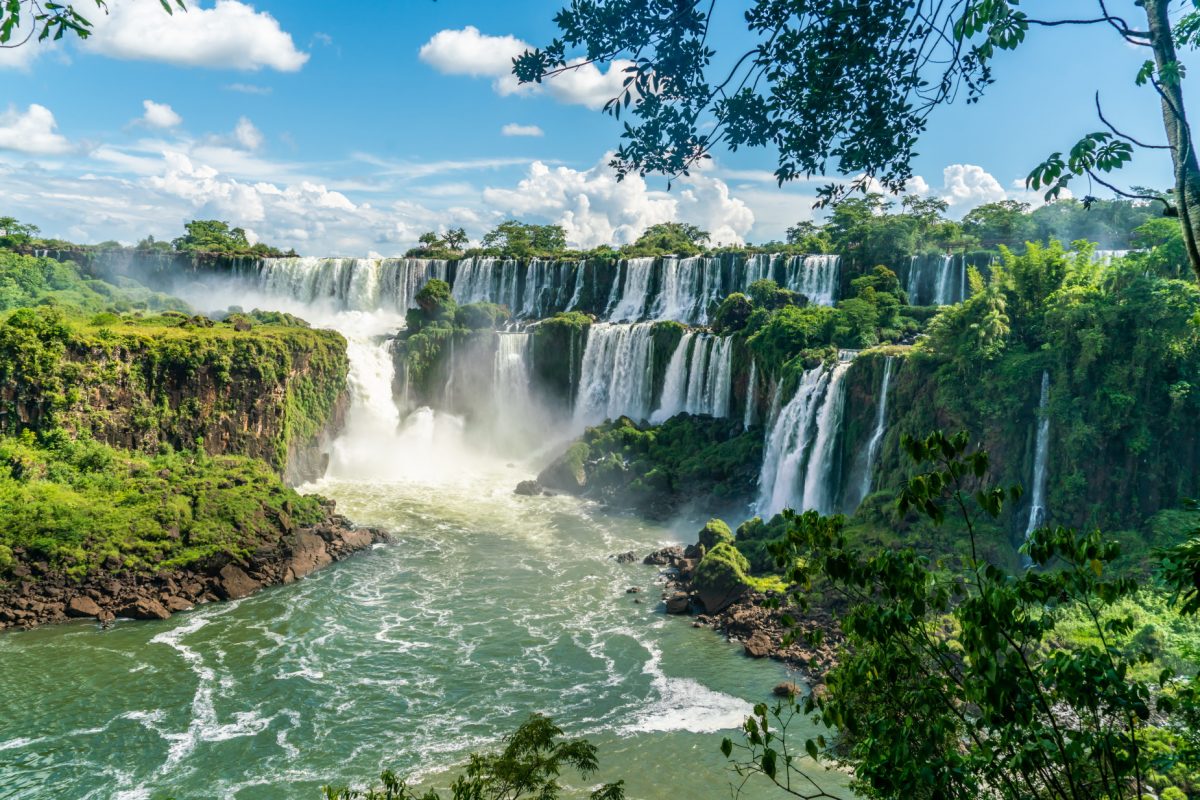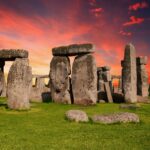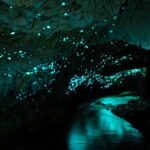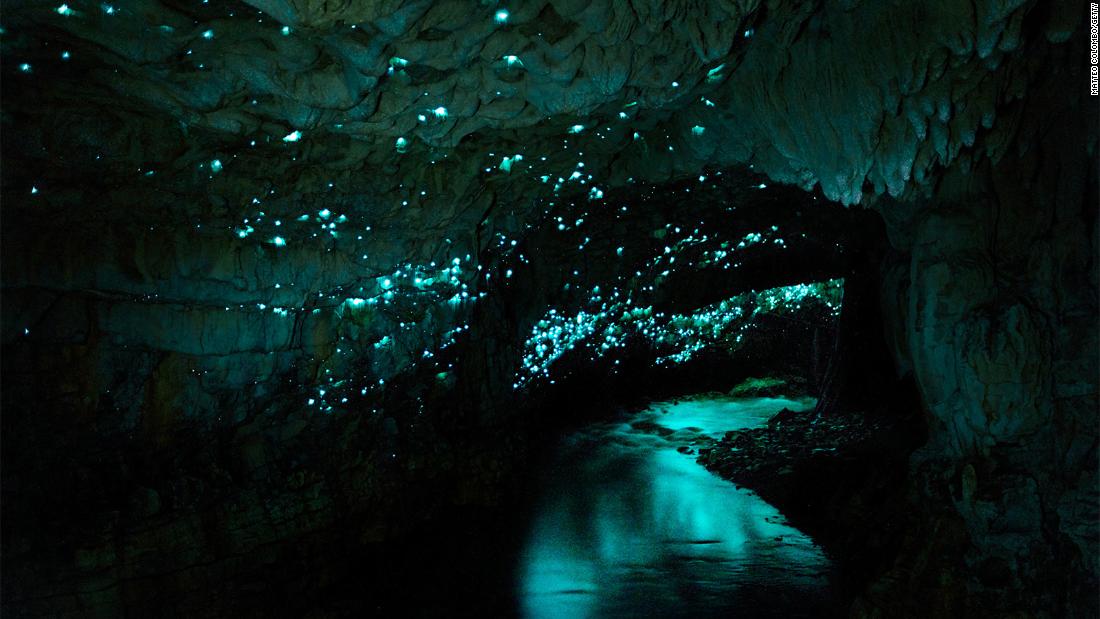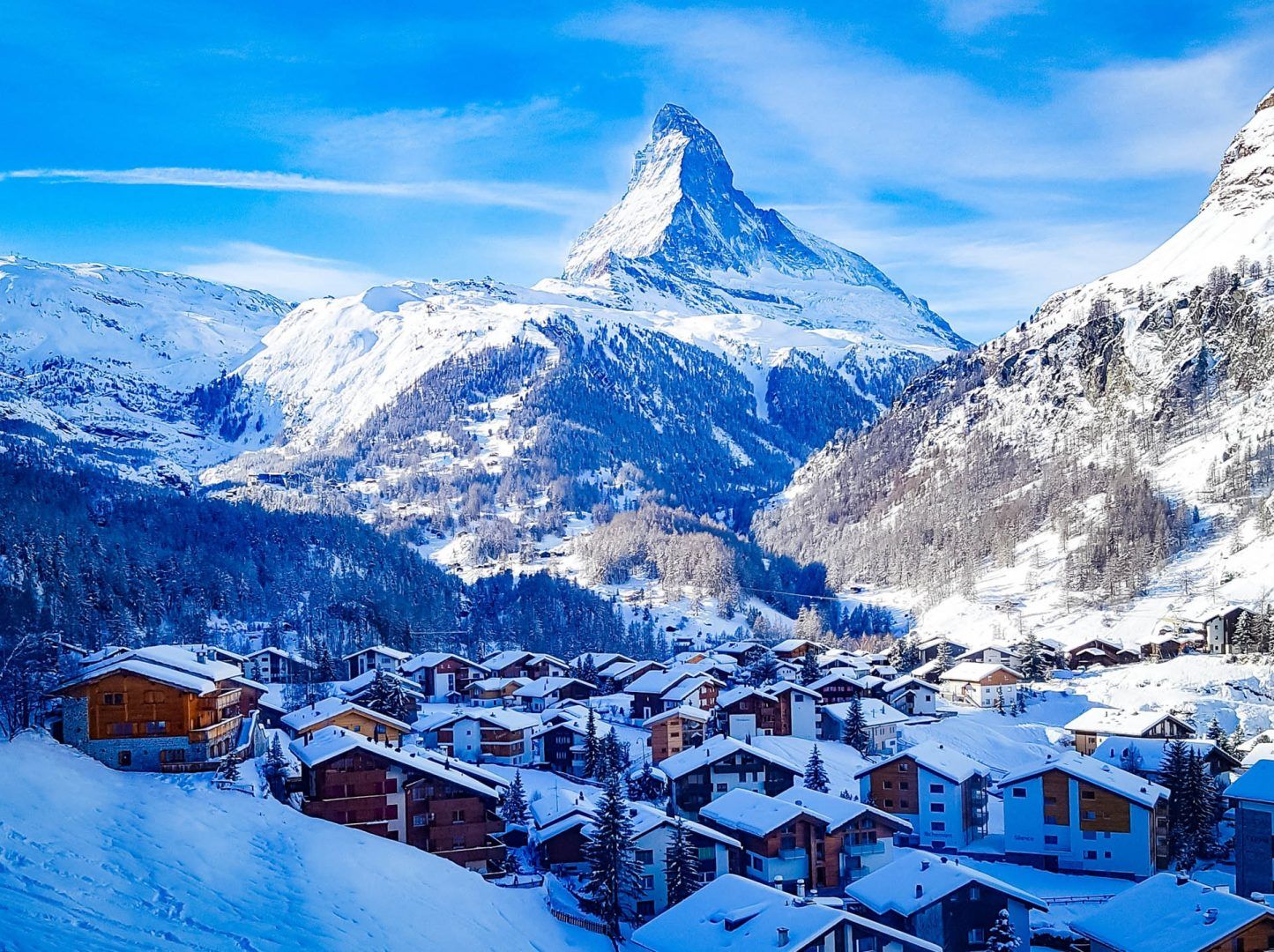Iguazu Falls, located on the border between Argentina and Brazil, is one of the world’s most awe-inspiring natural wonders. The falls are a series of 275 cascades, spread across a 1.7-mile stretch of the Iguazu River, and surrounded by lush rainforests. The following article will take you on a journey through the majestic waterfalls of Iguazu Falls, exploring their history, geography, natural beauty, wildlife, and tourism.
The History and Geography of Iguazu Falls
The origins and formation of Iguazu Falls are believed to date back over 100 million years, with the falls gradually taking shape over thousands of years. The falls have played an important role in the cultural and historical traditions of the Guarani people, who consider them to be a sacred site.
The geography of the region surrounding Iguazu Falls is also remarkable, with the falls situated within the lush rainforests of the Iguazu National Park. The park covers an area of over 672 square miles, and is home to a diverse range of flora and fauna, including over 2,000 species of plants, 400 species of birds, and 80 species of mammals.
The Majesty of Iguazu Falls
The unique features of Iguazu Falls make them one of the most majestic natural wonders on earth. The falls are divided into two main sections, the Argentine side and the Brazilian side, with each offering its own unique vantage points and experiences.
Visitors to Iguazu Falls can experience the falls up close and personal through various walking trails and boardwalks that take them through the heart of the cascades. The Devil’s Throat, the largest and most spectacular of the falls, can be viewed from several lookout points, offering breathtaking views of the rushing waters plunging into the abyss below.
The Wildlife and Ecology of Iguazu Falls
The rich biodiversity of the region surrounding Iguazu Falls is a testament to the importance of conservation efforts in preserving this natural wonder. The falls are surrounded by a unique ecosystem, known as the Iguazu Rainforest, which is home to a diverse range of flora and fauna.
The rainforest is home to several endangered species, including jaguars, ocelots, and giant otters. It is also home to a variety of bird species, including toucans, macaws, and the iconic harpy eagle.
Conservation efforts to protect the wildlife and ecology of Iguazu Falls have been ongoing for several decades, with the Iguazu National Park being designated a UNESCO World Heritage Site in 1984.
Tourism and Economic Impact of Iguazu Falls
Iguazu Falls is an essential destination for visitors to South America, attracting millions of tourists each year from all over the world. The falls are a significant source of revenue for the surrounding regions, with the tourism industry providing jobs and economic opportunities for the local communities.
Balancing tourism and conservation efforts is an ongoing challenge, with efforts underway to manage the impact of tourism on the falls and the surrounding rainforest. Sustainable tourism practices, such as responsible tourism and eco-tourism, have been promoted to ensure that visitors can enjoy the beauty of Iguazu Falls while minimizing their impact on the environment.
Conclusion
Iguazu Falls is a natural wonder that continues to captivate visitors from all over the world. Its unique features, natural beauty, wildlife, and ecology make it a testament to the wonders of our natural world. As we seek to promote and preserve the majesty of Iguazu Falls for future generations, it is essential to balance tourism and conservation efforts to ensure that this remarkable natural wonder can be enjoyed for many years to come.

